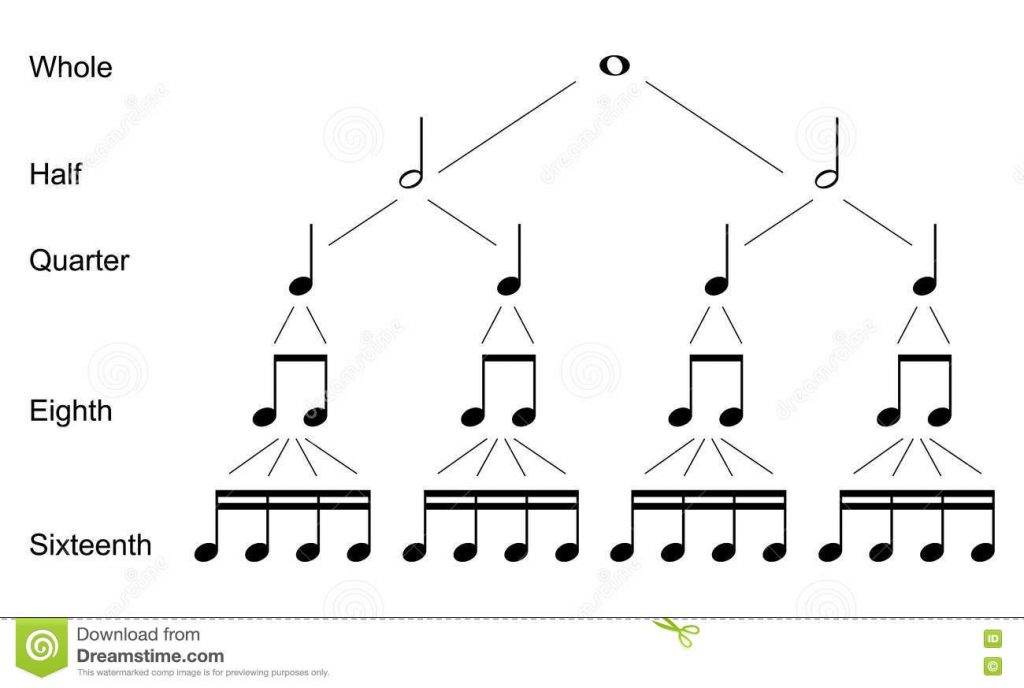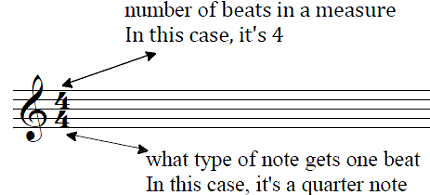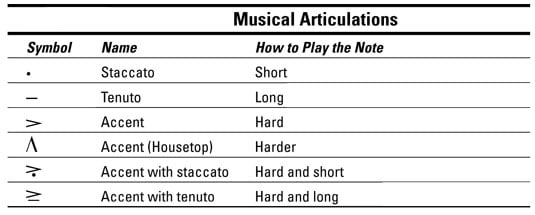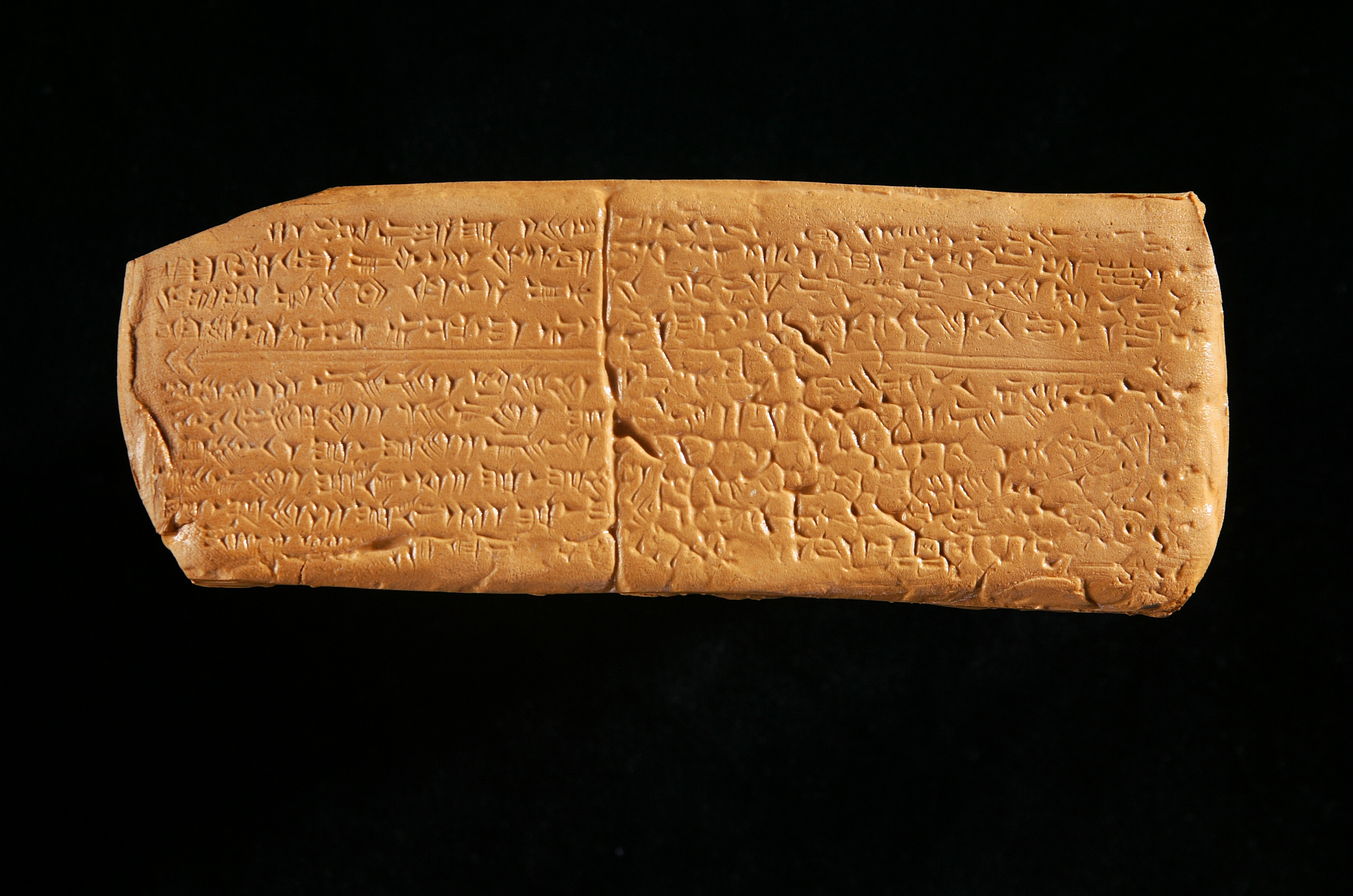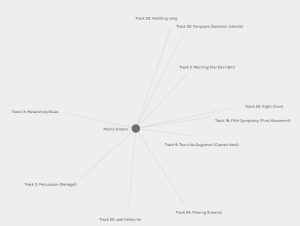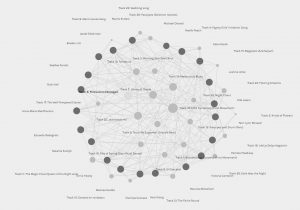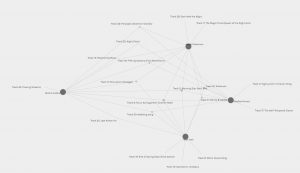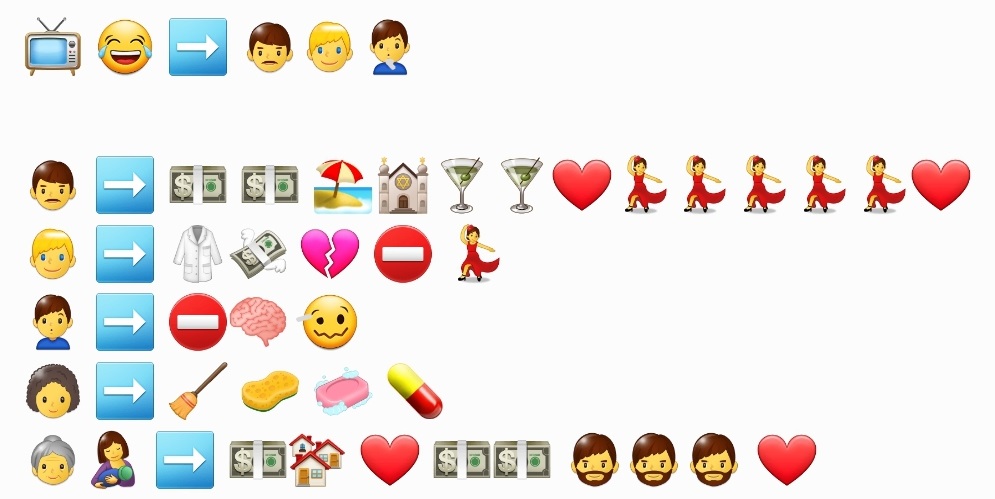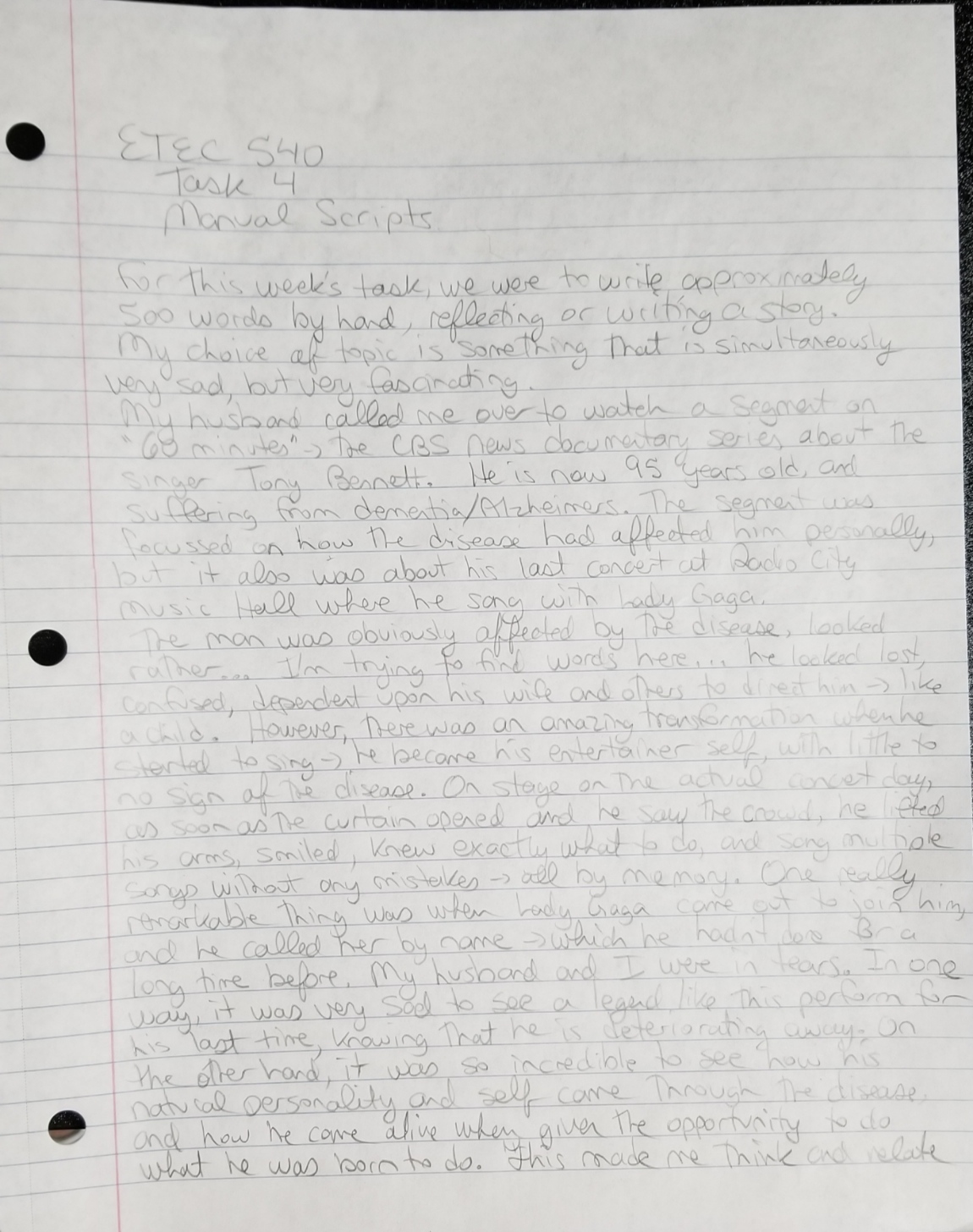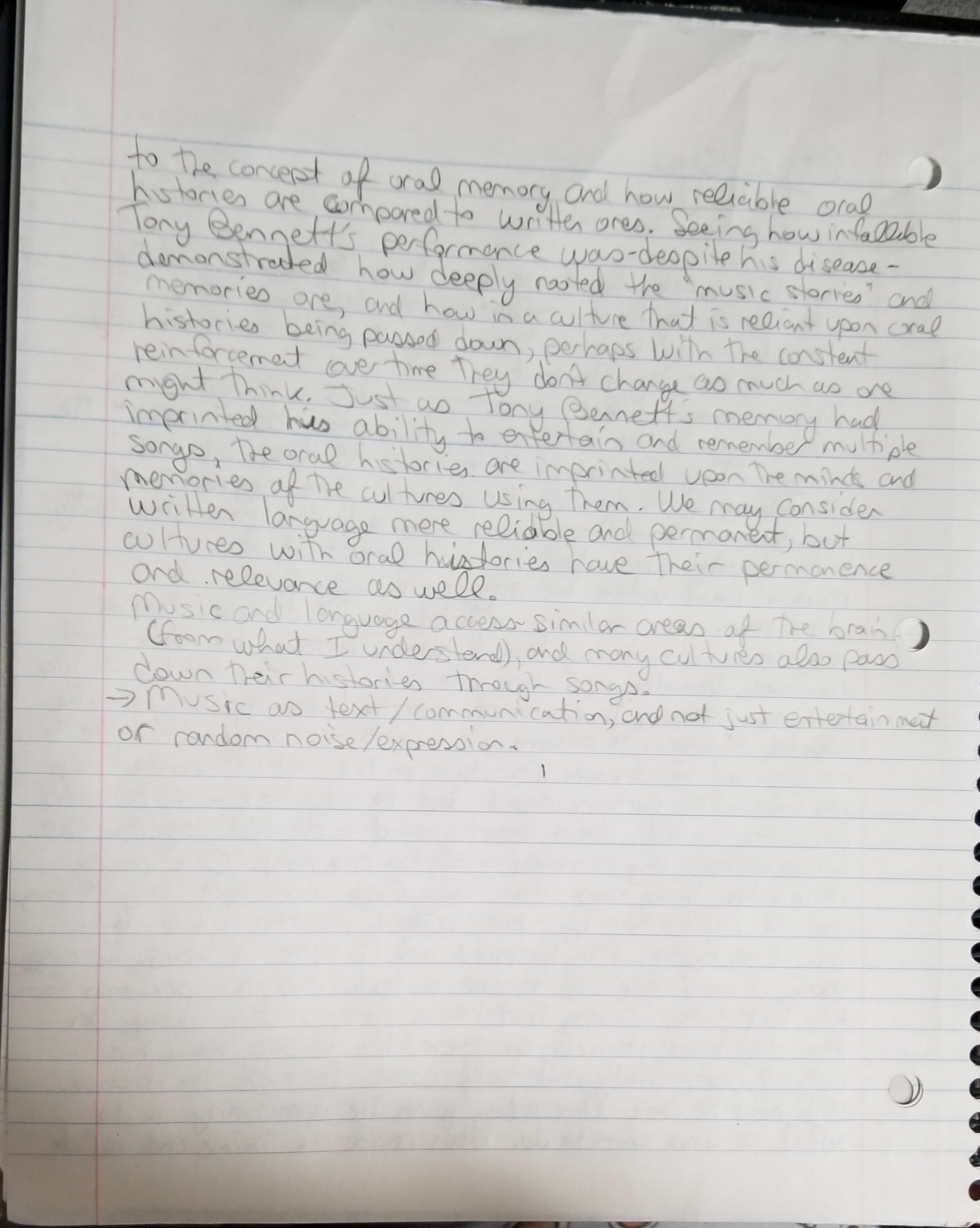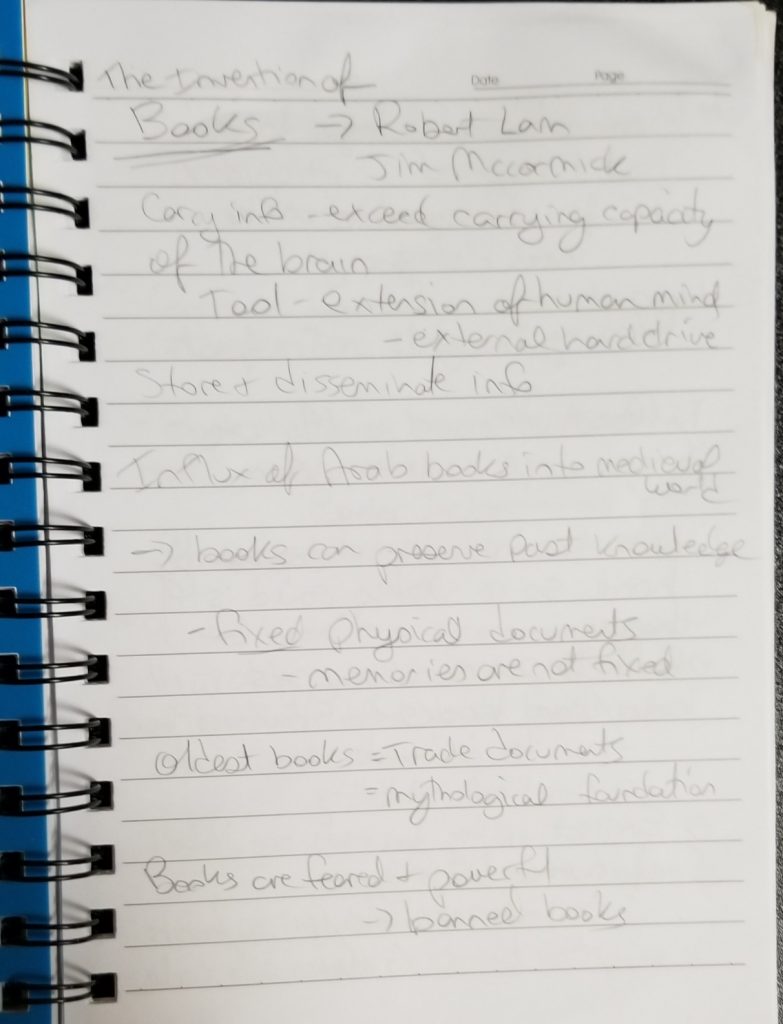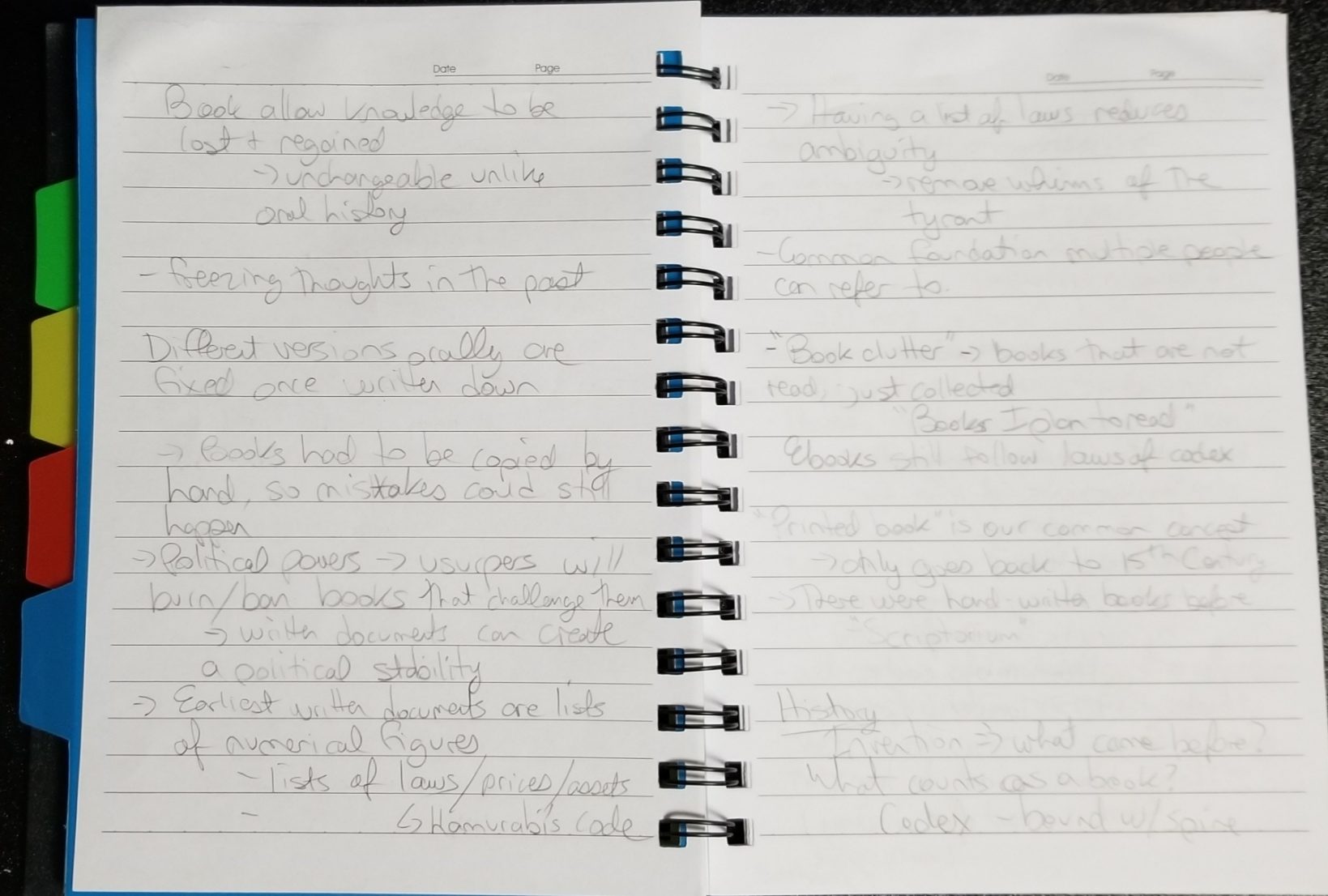Link 1 – Braden Litt – Speculative Futures
Speculative Futures – Braden Litt’s ETEC540 Blog (ubc.ca)
I found Braden’s visions of Dystopia and Utopia interesting in that they were both quite ‘realistic’ per se, and I could conceive of both possible futures coming to fruition. They both had a bilateral element to them. In the Dystopian vision, one could argue that the advances in technology and environmental awareness are more of a Utopian vision, especially depending upon which segment of society you were part of. If you were one of the residents who lived in one of the ‘shining metropolises of advancement and technology’, then it would be a Utopia for you. However, if you lived in the resource plundered, ‘desolate and decrepit’ outskirts, then this would definitely be the ‘dystopia’. One could argue that we are living in this sort of world today already.
There was also a dual element in the Utopian society Braden envisioned, where the main character was still somewhat lonely and unsatisfied. I mentioned these in the comments and Braden replied with “I don’t know if there truly can be a society that is utopian for all with such diversity in preferences, lifestyle, and ability.”. While I agree that a true Utopian society may never be achievable, it can be conceived in theory that a Utopian society will have managed to address everyone’s requirements, emotionally, physically, and intellectually. Can a Utopian society also have elements of dystopia?
Link 2 – Clarissa Guevara
Task 10: Attention Economy – Clarissa Guevara – ETEC 540 64A (ubc.ca)
Clarissa had a similar experience with this task to mine, in that it was frustrating and loaded with misdirection and distraction. Clarissa does a good job of explaining her process through the game. I got stuck on the same page as she did, and had the same issues with not initially reading and agreeing to the terms. When I became aware of the intent and design of this game, I purposely looked for the distractions and misdirections and became more mindful of reading the instructions carefully but this page did pose a challenge for both of us. Clarissa makes mention of a ‘hidden clue’ that is ‘close to the top’ of the terms and conditions. I was not aware of this so that entices me to go back and search what she was talking about.
Clarissa also speaks of universal conventions such as a selected box being coloured and the opposite being used for this game. This had not occurred to me before – It is interesting how some conventions and universal standards have been developed over time. I don’t think I’ve ever seen or heard of a ‘rule book for web page design’, but there seem to be unwritten rules about what is expected and normal for user interface design.
The points raised about not entering personal data also occurred to me. I didn’t enter any of my real data because I gathered that the page was only looking for the proper format of the entered data, not the actual correct data. As more of my data is shared on the web, I have become much more leery about what I share online. When asked for a birthdate, I’ve started to enter the wrong month/day with the correct year. I’m not sure how much actual security this affords, but it gives me some sense of more safety.
I didn’t have the same level of ‘distrust’ that Clarissa did at the end since I recognized the ‘escape game’ type of ending and knew that I had indeed completed the course. It does seem that I was not the only one who found this task engaging but challenging at the same time.
Link 3 – Eduardo Rebagliati
Task 7: Mode-Bending – ETEC 540 Eduardo Rebagliati (ubc.ca)
The thing that drew me to Eduardo’s assignment was his creative portrayal of his objects – using a miming video and accompanying sound effects. Although he had included ‘cheat sheets’ to help identify the objects, he did such a good job of miming the objects that I didn’t need them.
Eduardo mentions that understanding the gestures and sounds are culture dependent where the observer must have a similar background and understand the context of the objects being represented. I whole-heartedly agree. A person from 100 years ago would not have any idea what a ‘laptop’ or a ‘cell phone’ is and would not recognize someone miming their use. However, books(specifically a bible), and eating a banana are something they would be able to relate to, so those gestures would be more recognizable to them. The point about the universality of emotions also rings true. One may not understand the gestures that represent a bible, but one can gather from the emotional context that the object brings joy and peace. Another interesting feature about this project is that even though it may be context and culture specific, it is not language specific. One does not need to know English or any other specific language in order to understand what Eduardo is communicating. I spoke of the necessity to diversify communication modalities due to the multi-cultural society we now live and work in, and Eduardo reinforces that concept.
When I did my project, I made note that one can include more information in a more compact form when it is textual as opposed to video which takes much more time and energy to convey the same message. While Eduardo did a good job of conveying ‘what’ each object was with his gestures, there was little more information than that; nothing to convey the form or function as this would take much more time and creativity.
Link 4 – Dee Dee Perrott
Task 6: An emoji story – Text Technologies (ubc.ca)
I chose Dee Dee’s assignment because it was easy to identify as I am very familiar with ‘The Princess Bride’. With this assignment, I think it is virtually impossible to identify the title/show being discussed unless one is somewhat familiar with the title/plot/characters. I don’t watch too much TV/movies (especially current titles) so my repertoire is rather limited. Looking through other projects, I found that most of the emoji stories were quite foreign to me.
Something that adds an extra element of variability is the difference in emoji choices. Dee Dee used an Apple Ipad and I used an Android phone. Emojis are not standardized and so the selection varies between platforms and this may affect the clarity of the messages. If a universal system of emojis was adopted across all platforms, then perhaps they might become more easily understood and more practical and applicable for communication.
Both of us started with the title because they both consisted of concrete words that would be relatively easy to find representative emojis rather than abstract concepts. Dee Dee proceeded to describe the main plot of the story whereas I opted to describe characters because the TV show I was describing had multiple episodes and plots. Dee Dee found, as I did, that even with the multitude of emojis available, it is difficult to represent some concepts and she had to simplify her storyline. I also had to re-think my strategy because I would have a specific picture/emoji in mind for a concept but it wouldn’t be available so I would have to think of alternatives. Even with her simplified version, I could still recognize key elements of the characters and plot, but if one wasn’t familiar with the movie, it probably wouldn’t be as easy.
Dee Dee and I came to the same conclusion, that emojis alone are insufficient to convey a message clearly as context, culture, and previous knowledge have a lot to do with how the message is interpreted. If too much energy is expended trying to decipher a message, then the intent of the message will be lost.
Link 5 – Terri-Lynn Mcleod
Network Assignment Using Golden Record Curation Quiz Data – Terri-Lynn McLeod ETEC 540 (ubc.ca)
This assignment was very individual and unique for each person in that the data that was collected seemed to lack specific parameters other than to choose 10 songs to represent earth to another planet, so the data could be analyzed and grouped in different ways.
Terri and I both made note of the overwhelming amount of data that was initially presented in the graph. She and I both had to ‘play’ with the program in order to understand how it worked, how the data was presented, and how to re-organize it. Neither of us could determine the criteria the computer algorithm used to group people, and so just had to draw our own conclusions. Where I made reference to the personal preferences and emotive appeals of the most popular songs, Terri chose to focus on her specific community and the numbers of connections. One comment I found interesting was when she said ‘it took a bit of trial and error to find the connections I wanted to see’. This reinforces the idea that without parameters, one has to draw their own conclusions, and thus there are numerous interpretations for the same data. In order to help form my analysis, I returned to task 8 and read people’s ideas about how they picked their songs. This gave me a bit of an idea of what trends could be noticed, but again, it is all open to personal preference and interpretation.
Link 6 – Anna Marie MacPherson
Task 3 – Voice to Text Task – ETEC 540 blog (ubc.ca)
I found Anna Marie’s analysis of her voice to text assignment quite well done, making pertinent and relevant references to articles and providing a clear and detailed critique of the effectiveness of her software. Her transcription reads like a ‘stream of consciousness’, but I disagree with her when she states that ‘someone reading this could not make sense of my thoughts’ – I was able to determine the context and general meaning of her transcription despite the errors. The grammar mistakes and lack of punctuation, while disquieting, did not change the story contrary to her statement. That could be due to the fact that this was not a structured, organized literary composition designed to evoke emotions or introspection. If the intended story was more structured and substantial, then the deficiencies may be more prominent.
That being said, I was glad that I was able to include punctuation in my transcription because of the cognitive dissonance that comes with reading incorrect grammar and punctuation. All through my education, the ‘proper rules’ for writing and communicating have been drilled and reinforced, so I find it hard to leave a work un-edited. Despite the prevalence of text message abbreviations, I still find that I need to write grammatically correct sentences, even in such an informal context. I use the voice to text capabilities quite often on my phone, but if I wasn’t able to add punctuation, I don’t think I would be so quick to adopt it. I also found it interesting how Anna tried out editing her transcript while doing this assignment, trying out different commands. I was familiar with the basic commands before I conducted my assignment, but I’m not sure if I would have been brave enough to try out editing commands spontaneously like her.
I wasn’t sure which platform Anna used to produce her assignment, but it looks like it was on a laptop/pc, and she did note that her Iphone was more effective at transcribing. The transcription capabilities on phones are probably better than PC’s because phones are much smaller and the keyboards are more awkward to type with, so the oral interface is much more useful in this case.
I do agree with her that writing the script ahead of time makes one more mindful of the message and the speech. It is true that ‘writing is done more deliberately’ since one has time to collect, organize and edit ideas. Speech is very transitive and once the message is spoken, it is irretrievable. Therefore, there is less room for miscommunication with writing. When one adds in a translation factor (as mentioned in Anna’s last paragraph), then the potential for miscommunication and misunderstanding is magnified whether the translation occurs between one person to another, or between a person and a translation/transcription application.


